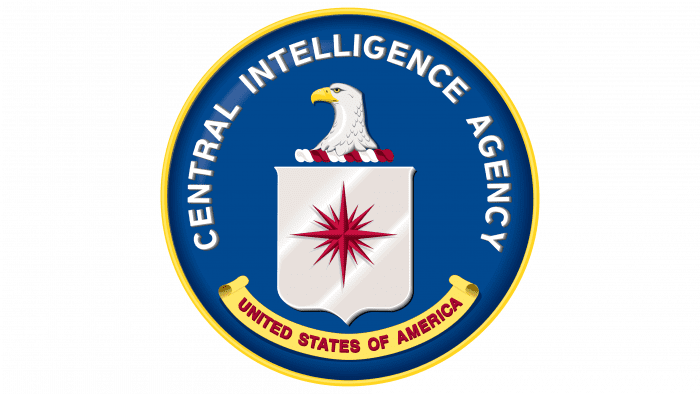The KinderCare logo is childishly simple and vibrant. Looking at the emblem, you can almost hear the insistent, loud ring of a bell. The saturated colors immediately catch the eye and command attention. It feels like the sign is about to convey some vital information.
KinderCare: Brand overview
| Founded: | July 14, 1969 |
| Founder: | Perry Mendel |
| Headquarters: | Portland, Oregon, U.S. |
| Website: | kindercare.com |
Meaning and History
Despite its long history, bankruptcy, and change of owners, the organization’s visual identity remains consistent and is based on simple lines and shapes. A design update occurred once for the organization’s 50th anniversary. The changes affected geometric proportions and lines but retained the iconic bell tower and the name’s font.
What is KinderCare?
An American network of children’s centers providing care and focusing on the development of youngsters from one and a half months to 12 years old since 1969. Founded by Perry Mendel to assist working parents. The center offers over 750 programs and serves 200,000 American children. It employs 40,000 staff.
before 2021
The image on the first logo seems as if it’s drawn with a marker. The symbol was named “bell tower.” This design was inspired by the appearance of the first center with a red roof and was influenced by the story of Humpty-Dumpty, who sat on a wall. A bell would ring to announce the start of classes at this center.
Most of the company’s buildings still feature a bell tower design over the entrance. The “bell tower” symbol became the logo. According to company records, this happened in 1992.
The bell serves as a metaphor for alerting the community to significant, important events. It symbolizes a call, an invitation to a communal gathering.
Below the image is the “KinderCare” inscription, written in a pleasant, symmetrical, and flowing font. In the 1970s, the tag “Learning Centers” was added to the name to indicate that the centers specialize in education. This addition appears on the logo as a thin subscript below.
2021 – today
For the organization’s anniversary, a rebranding was undertaken. The Design Bridge agency worked on the new emblem. Designers retained the iconic bell tower but refined its lines to be more geometrically correct.
The structure appears to be made up of separate building blocks from a child’s construction set. This evokes associations with toys and play.
A focus group named Bridge Kids assisted in the creation of the logo. Using the elements of the logo, the children constructed numerous shapes, showcasing their creativity. Therefore, despite the simplicity of the lines, the emblem embodies self-expression, freedom, exploration, and creativity – all hallmarks of KinderCare classes.
The smooth lines of the black marker highlight the details of the shingles that cover roofs. The symbol evokes thoughts of a cozy home and safety. It points to a communal gathering place for children. “In classes, little ones will feel comfortable” – this is the primary message of the emblem.
Font and Colors
Bright red is the foundation of the image. The shade in the logo carries a deep symbolic meaning:
- It indicates the company’s bright, rapid start. Businessman Perry Mendel realized that as women increasingly joined the workforce, they would need assistance with their kids. He opened the first center in 1969, and by 1987, the company was launching a new center every three days.
- Appeals to children’s attention. The first color that infants recognize is red. This shade helps focus attention and is typically liked by toddlers.
- Boosts mood. This color is used for celebrations and memorable dates, so it’s associated with pleasant events.
The inscription in the logo uses the ITC Stone Informal Pro Semi Bold font with rounded characters and graceful serifs. The writing looks neat, reminiscent of a student’s cursive writing in notebooks.






